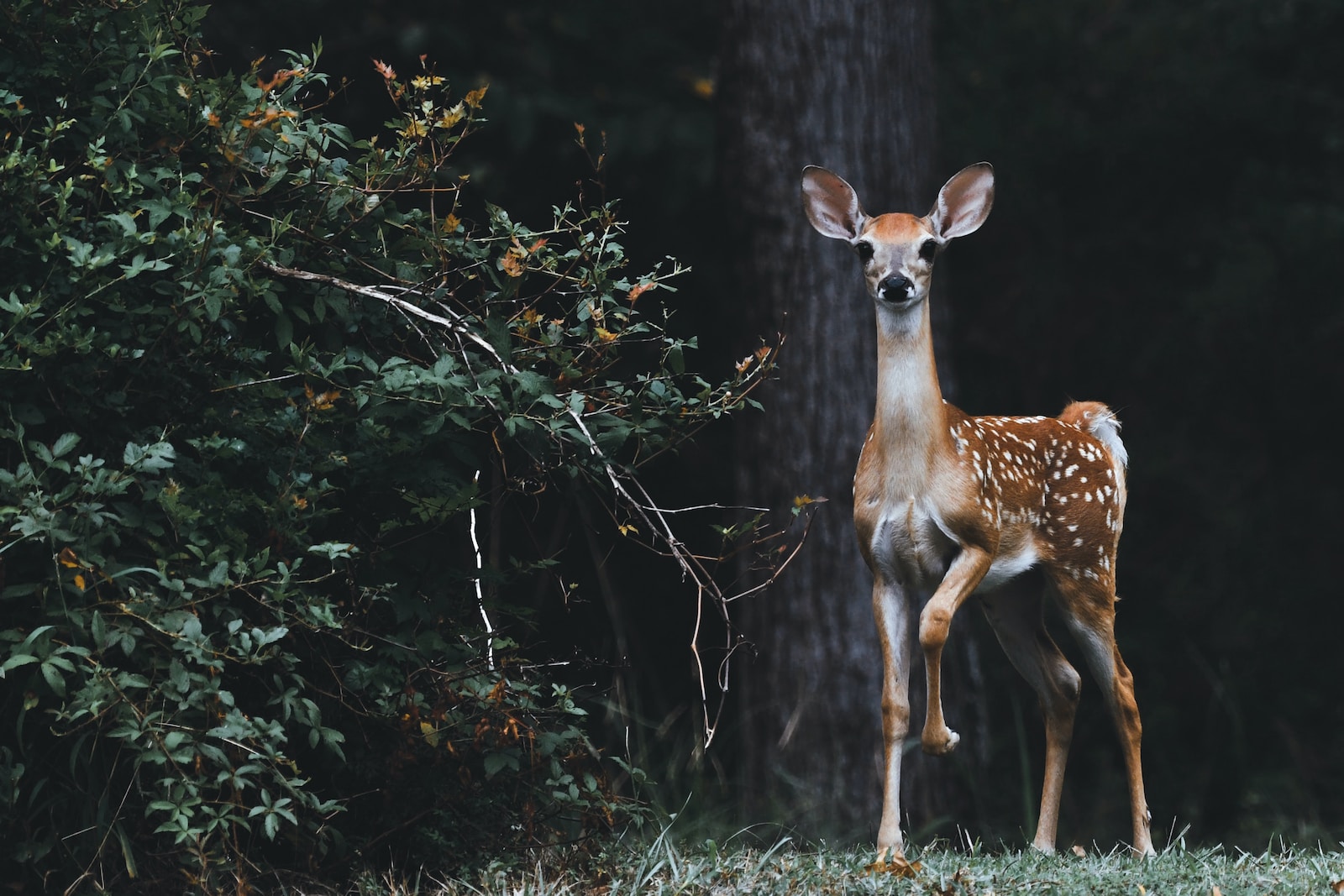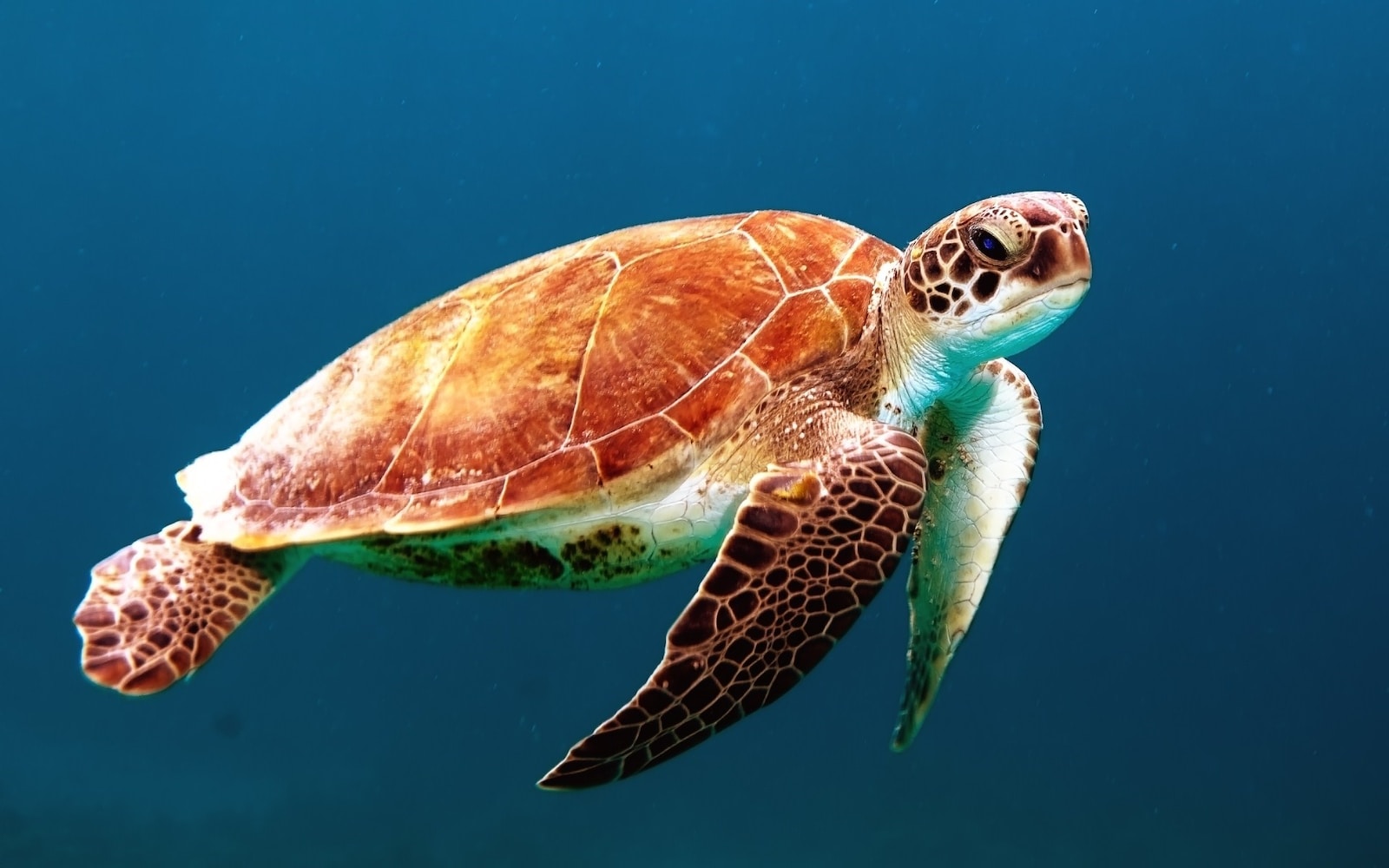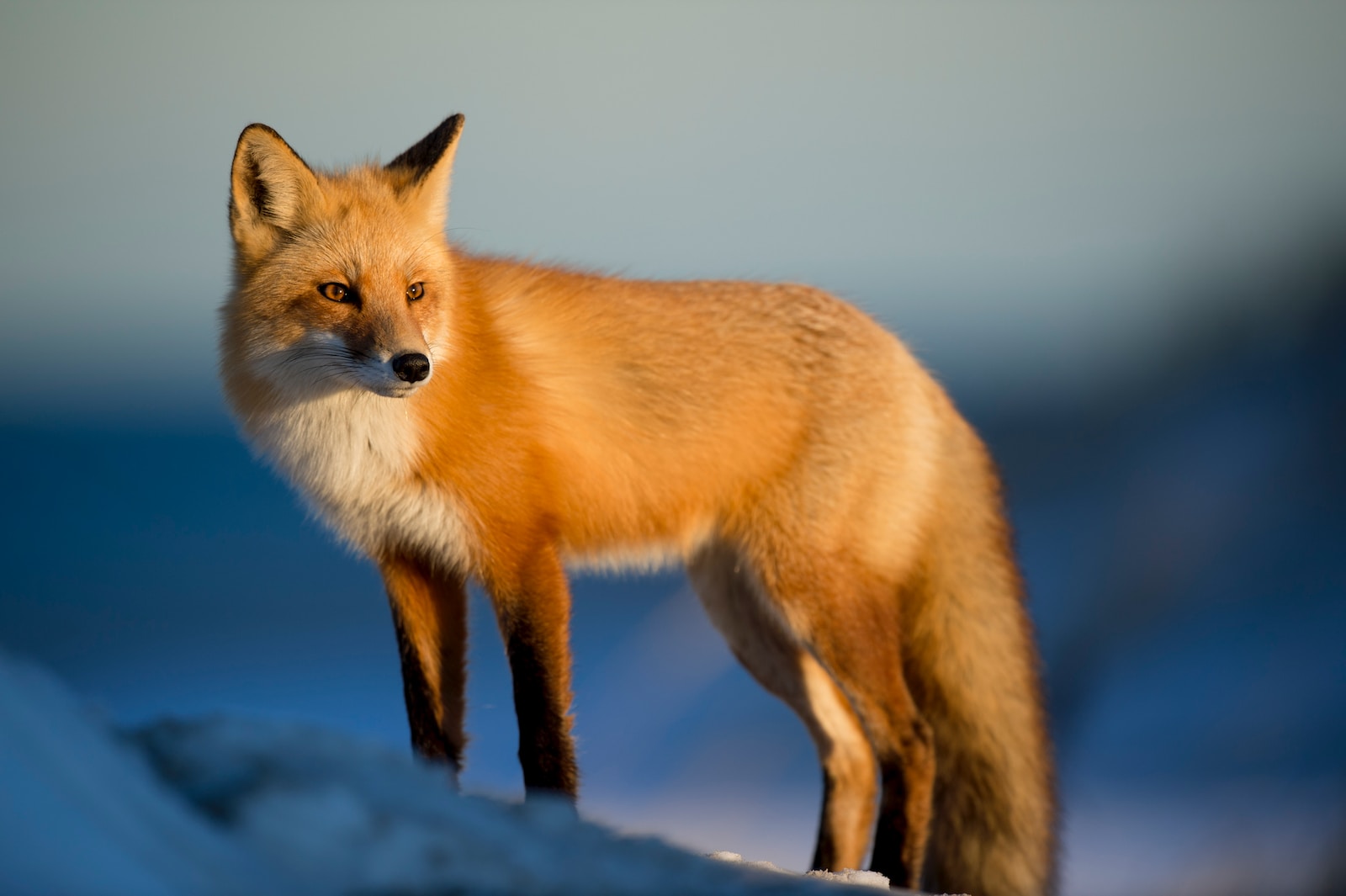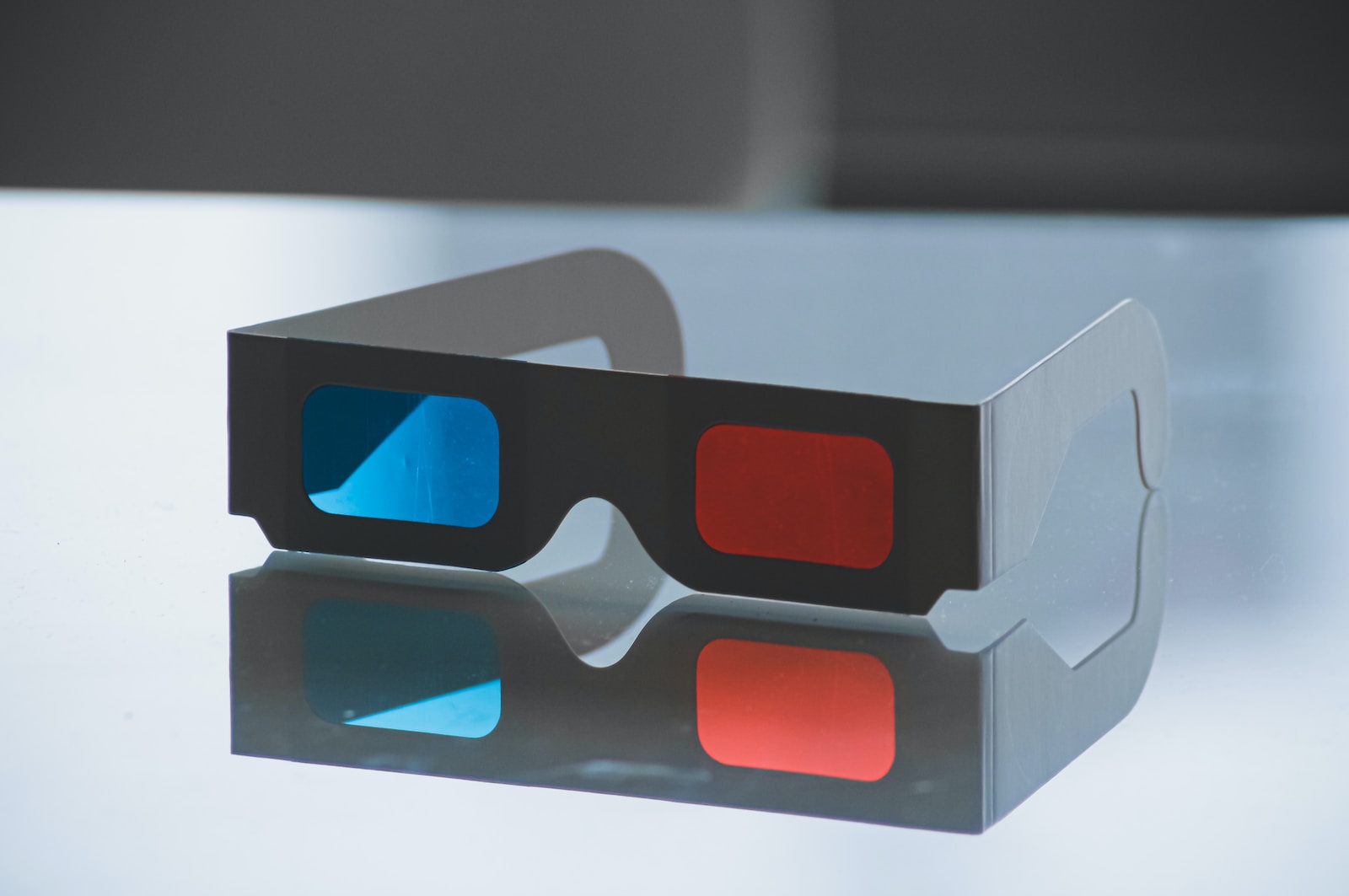Welcome to Adventures in Wildlife Photography, where we embark on thrilling journeys to capture the untamed beauty of our wild world through the lens. Join us as we traverse stunning landscapes, encounter fascinating species, and share invaluable tips and tricks for mastering the art of wildlife photography. From the dense rainforests to the vast savannahs, let’s unlock the secrets of capturing breathtaking images that truly bring the wild to life.
Table of Contents
- The Majestic World of Wildlife Photography
- Choosing the Right Camera and Equipment for Wildlife Photography
- Best Time of Year for Wildlife Photography
- Frequently Asked Questions
- 1. What camera gear is best for wildlife photography?
- 2. What settings should I use for wildlife photography?
- 3. How can I attract wildlife for better photography opportunities?
- 4. What composition techniques work best for wildlife photography?
- 5. How can I improve my wildlife photography skills?
- 6. What post-processing techniques are recommended for wildlife photography?
- Wrap Up
The Majestic World of Wildlife Photography
When it comes to capturing the beauty and wonder of nature, there’s nothing quite like wildlife photography. From the stunning colors of exotic birds to the raw power of predators on the hunt, every moment in the wild presents a unique opportunity to capture unforgettable images. To help you make the most of your adventures in wildlife photography, here are some tips and techniques to consider.
Understanding Your Subject: Wildlife in their Natural Habitat
One of the most exciting aspects of wildlife photography is observing animals in their natural habitat. By understanding their behavior and habitat, you can anticipate their movements and capture some truly remarkable shots. Whether it’s the playful antics of a family of monkeys or the grace and elegance of a lioness on the prowl, immersing yourself in the world of your subject will enable you to tell a captivating visual story.
Capturing Wildlife in Motion: Freeze and Panning Techniques
Photographing wildlife often means capturing them in motion. To freeze the action and capture every detail, try using a fast shutter speed. This technique is perfect for showcasing the precise moment when a predator pounces or a bird takes flight. On the other hand, panning involves following the movement of your subject with a slower shutter speed to create a sense of motion. This technique works wonders when capturing running animals or birds in flight.
Composition and Lighting: Enhancing Your Wildlife Photos
Composition and lighting are essential elements that can make or break a wildlife photograph. When it comes to composition, try using the rule of thirds to create a more visually appealing image. Position your subject off-center and incorporate elements of its natural habitat to add depth and context to your shot. Additionally, paying attention to lighting can make a dramatic difference in your photos. Capture the warm golden glow of sunrise or sunset, or experiment with backlit subjects to create stunning silhouettes.
Getting Up Close and Personal: Telephoto Lenses and Camera Gear
Wildlife photography often requires getting up close and personal with your subject, which can be challenging and potentially dangerous. A telephoto lens allows you to capture detailed shots from a safe distance. Invest in a quality telephoto lens with a long focal length to bring your subjects closer without disturbing their natural behavior. Additionally, consider using a sturdy tripod or monopod to ensure sharp and stable images, especially when shooting in low light conditions.
Exploring New Horizons: Wildlife Photography Adventures
Finally, don’t be afraid to step out of your comfort zone and explore new horizons. Plan wildlife photography adventures to different locations around the world, giving you the opportunity to capture unique species in diverse environments. From the savannahs of Africa to the rainforests of the Amazon, every location offers its own set of challenges and rewards for the adventurous wildlife photographer.
So, grab your camera, pack your gear, and get ready to embark on an exciting journey into the world of wildlife photography. With these tips and tricks, you’ll be well-prepared to capture the beauty and splendor of nature one frame at a time.
Did you know that wildlife photography is not just about capturing stunning images, but also about preserving the beauty of nature and educating others about the importance of conservation?
Choosing the Right Camera and Equipment for Wildlife Photography
When it comes to capturing the beauty of wildlife through photography, having the right camera and equipment is essential. The right gear can make all the difference in getting those stunning shots that truly capture the essence of the natural world. In this section, we will explore the main subject of wildlife photography and discuss the best cameras, lenses, and other equipment options available for capturing exquisite wildlife moments.
The Perfect Camera for Wildlife Photography
When choosing a camera for wildlife photography, it is important to consider several factors. First and foremost, opt for a camera with a fast burst rate, as wildlife subjects can be highly unpredictable. This allows you to capture those split-second movements and fleeting expressions. Secondly, a camera with good autofocus capabilities is vital, as wildlife often moves quickly and erratically. Look for a camera with advanced autofocus tracking to ensure sharp focus on your subjects.
Another important consideration is the camera’s image sensor. Look for a camera with a larger sensor size, as this allows for better low-light performance and increased image quality. Additionally, a camera with a high ISO range will be beneficial when photographing in challenging lighting conditions, such as during dawn or dusk.
One option to consider is a mirrorless camera. Mirrorless cameras are lightweight, compact, and offer excellent image quality. They also provide the advantage of being quieter, which is especially important when photographing wildlife, as loud shutter sounds can startle or disturb animals.
Essential Lenses for Wildlife Photography
To capture wildlife in all its glory, a good selection of lenses is crucial. A versatile telephoto lens should be at the top of every wildlife photographer’s list. A lens with a focal length of 300mm or longer will allow you to get close-up shots while maintaining a safe distance from the subject. This is particularly vital when photographing potentially dangerous animals.
For capturing close-up details, a macro lens can be a valuable addition to your gear. This type of lens allows for extreme close-ups, showcasing intricate details like the delicate patterns on a butterfly’s wings or the texture of a reptile’s skin.
Lastly, consider investing in a wide-angle lens for capturing sweeping landscapes or environmental portraits of wildlife within their natural habitat. This lens will provide a broader perspective and allow you to tell a more comprehensive story within your images.
When it comes to equipment beyond cameras and lenses, other essentials include a sturdy tripod to ensure sharp images, especially in low-light situations or when using long telephoto lenses. Additionally, a quality camera strap or harness is crucial for comfortably carrying your camera during long wildlife photography expeditions.
Remember, the key to successful wildlife photography does not solely rely on the brand of your equipment. It is about understanding your subject, having the patience to wait for the perfect moment, and being prepared with the appropriate gear to capture it. By carefully selecting the right camera and equipment for your needs, you will be well on your way to embarking on thrilling adventures in wildlife photography.
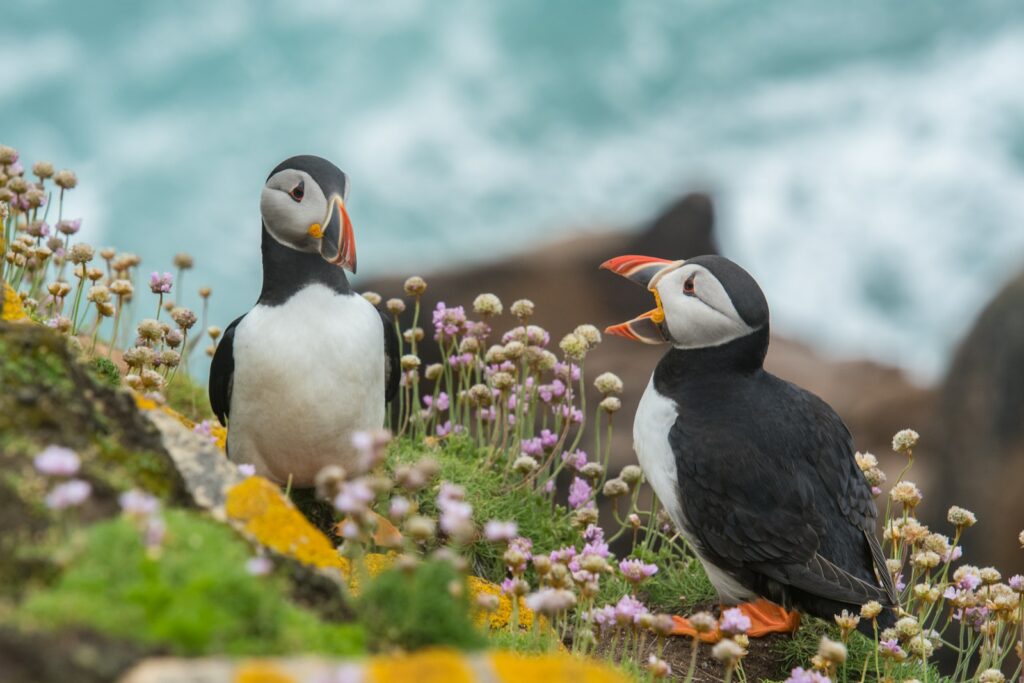
Best Time of Year for Wildlife Photography
When it comes to wildlife photography, timing is crucial. The time of year can greatly impact the types of wildlife you can capture and the overall quality of your shots. Let’s explore the best seasons for wildlife photography and the benefits they offer to photographers.
Spring: A Burst of Life
Spring is a magical time for photographing wildlife. As nature awakens from its winter slumber, animals become more active, making it easier to spot them. The newly bloomed flowers and lush greenery provide a beautiful background for your subjects. Additionally, many species mate and raise their young during this season, offering captivating opportunities to capture tender moments.
Some excellent wildlife photography options in spring include:
- Migrating birds returning to their nesting grounds
- Animals with their adorable offspring
- Insects and other small creatures in meadows and gardens
Summer: Vibrant Landscapes
Summer brings vibrant landscapes and longer daylight hours, making it an ideal time for wildlife photography. The lush foliage provides excellent camouflage for animals, challenging your skills to spot and capture them. Early mornings and late evenings are particularly rewarding, as the soft golden light enhances the natural beauty of your subjects.
Here are some great photography options during the summer months:
- Large mammals, such as bears and deer, grazing in open meadows
- Butterflies and other winged creatures visiting colorful flowers
- Aquatic wildlife in clear lakes and streams
Autumn: Colors of Change
As the leaves start to change color, autumn provides unique opportunities to capture wildlife against vibrant backdrops. The warm hues of red, orange, and yellow add depth and richness to your photographs. Additionally, animals prepare for winter, leading to fascinating behaviors and interactions worth documenting.
Consider these options for captivating autumn wildlife shots:
- Migrating birds gathering in flocks before their journey
- Animals foraging for food in preparation for the colder months
- Deer and other species during their rutting season
The best time for wildlife photography ultimately depends on the specific animals you wish to capture. Researching and understanding their seasonal behaviors will greatly increase your chances of success. Remember to always prioritize the well-being of the creatures and their habitats, as a responsible photographer.
One helpful camera tip for wildlife photography is to use a fast shutter speed to freeze the movement of fast-moving animals. This will ensure that you capture sharp and detailed images. Additionally, using burst mode can help you capture multiple shots in quick succession, increasing your chances of getting the perfect wildlife shot.
Frequently Asked Questions
1. What camera gear is best for wildlife photography?
When it comes to capturing wildlife, having the right camera gear is essential. A high-resolution DSLR or mirrorless camera with a fast autofocus system is recommended. Pair it with a telephoto lens, preferably in the range of 200-600mm, to get closer to the subjects. Additionally, investing in a sturdy tripod, a remote shutter release, and extra memory cards is highly advisable.
2. What settings should I use for wildlife photography?
For capturing wildlife, it’s crucial to use the right camera settings. Start with selecting a fast shutter speed to freeze the animal’s motion. Use a wide aperture like f/5.6 or lower to create a shallow depth of field and emphasize your subject. Set your ISO to a level that ensures a correct exposure, but try to keep it as low as possible to minimize noise. Additionally, always shoot in RAW format to have more flexibility during post-processing.
3. How can I attract wildlife for better photography opportunities?
While it’s essential to respect wildlife and their natural habitats, there are a few ways to attract them for better photography opportunities. Research the species you’re interested in photographing and visit locations where they are known to frequent. Set up near water sources, food, or nesting areas. Be patient and use camouflage techniques to blend into the environment. Remember, the welfare of the animals should always come first.
4. What composition techniques work best for wildlife photography?
Composition plays a significant role in wildlife photography. One effective technique is the rule of thirds, where you place the animal off-center to create a more dynamic image. Experiment with different angles and perspectives to add variety to your shots. Pay attention to the background to avoid distractions and try to capture the animal’s behavior or interactions with the environment to tell a story.
5. How can I improve my wildlife photography skills?
Improving your wildlife photography skills requires practice and constant learning. Spend time observing animals in their natural habitats to understand their behavior and movement patterns. Experiment with different camera techniques, such as panning or using different focal lengths. Study the work of experienced wildlife photographers and attend workshops or join photography clubs to gain insights from others.
6. What post-processing techniques are recommended for wildlife photography?
Post-processing can enhance the quality of your wildlife photographs. Start by organizing your images and selecting the best ones. Use editing software like Adobe Lightroom or Photoshop to adjust exposure, contrast, and color balance. Crop the image if necessary to improve composition, and sharpen the details selectively. Avoid excessive editing, ensuring that your final result remains natural and true to the scene you captured.
Wrap Up
Thank you for joining me on these adventures in wildlife photography. I hope the tips and tricks shared in this blog have helped you capture stunning images of wildlife in their natural habitats. Remember to always respect and protect the animals and their environment while pursuing your passion. If you have any questions, insights or additional tips to share, please leave a comment below. Let’s continue the conversation and inspire each other to create amazing wildlife photography!
